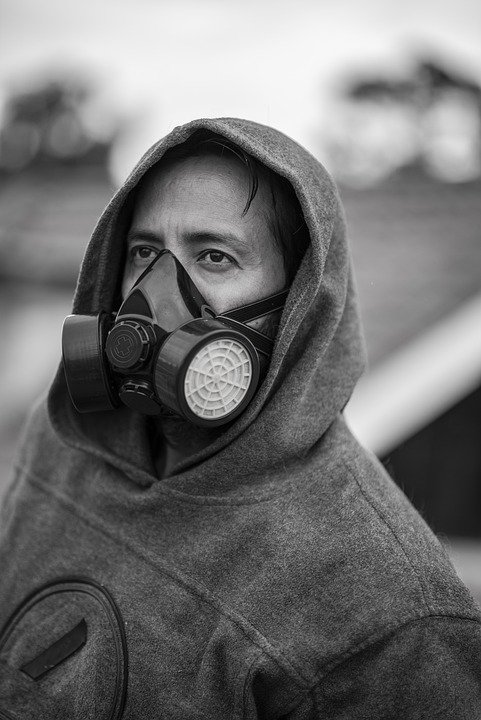
Respiratory diseases are very common in children, and understanding them is crucial for parents and caregivers. Respiratory diseases affect the lungs and other parts of the respiratory system, making it difficult for children to breathe properly. In this article, we will discuss some of the most common respiratory diseases in children and how to recognize and treat them.
One of the most common respiratory diseases in children is asthma. Asthma is a chronic condition that causes the airways to become inflamed and narrow, making it difficult for air to pass through. Children with asthma may experience symptoms such as wheezing, coughing, chest tightness, and shortness of breath. It is important for parents to recognize these symptoms and seek medical attention if their child is experiencing them.

Treatment for asthma typically includes medication to reduce inflammation and open up the airways, as well as avoiding triggers that can worsen symptoms such as allergens, smoke, and exercise. Children with asthma should also have an asthma action plan in place, outlining what to do in case of an asthma attack.
Another common respiratory disease in children is bronchiolitis. Bronchiolitis is a viral infection that causes inflammation in the small airways of the lungs, making it difficult for children to breathe. Symptoms of bronchiolitis include coughing, wheezing, and difficulty breathing. Bronchiolitis is most common in infants and young children, and can be serious in some cases.

Treatment for bronchiolitis typically includes supportive care such as ensuring the child stays hydrated and using a humidifier to help loosen mucus. In severe cases, children may need to be hospitalized for oxygen therapy and monitoring.
Pneumonia is another common respiratory disease in children. Pneumonia is an infection of the lungs that can be caused by bacteria, viruses, or fungi. Symptoms of pneumonia in children include coughing, fever, chest pain, and difficulty breathing. Pneumonia can be mild or severe, depending on the cause and the child’s overall health.

Treatment for pneumonia typically includes antibiotics for bacterial pneumonia, antiviral medication for viral pneumonia, and supportive care such as rest and fluids. In severe cases, children may need to be hospitalized for oxygen therapy and intravenous fluids.
Croup is a common respiratory disease in young children, typically caused by a viral infection. Croup causes inflammation in the upper airways, leading to symptoms such as a barking cough, hoarseness, and difficulty breathing. Croup is most common in children under the age of 5, and symptoms are often worse at night.
Treatment for croup typically includes humidified air to help loosen mucus and reduce inflammation, as well as medications to reduce swelling in the airways. In severe cases, children may need to be hospitalized for oxygen therapy and monitoring.
In conclusion, understanding common respiratory diseases in children is important for parents and caregivers. By recognizing the symptoms of respiratory diseases such as asthma, bronchiolitis, pneumonia, and croup, parents can seek medical attention for their children and ensure they receive the appropriate treatment. With proper care and management, most children with respiratory diseases can lead healthy and active lives.

Discover more from Bibliobazar Digi Books
Subscribe to get the latest posts sent to your email.

